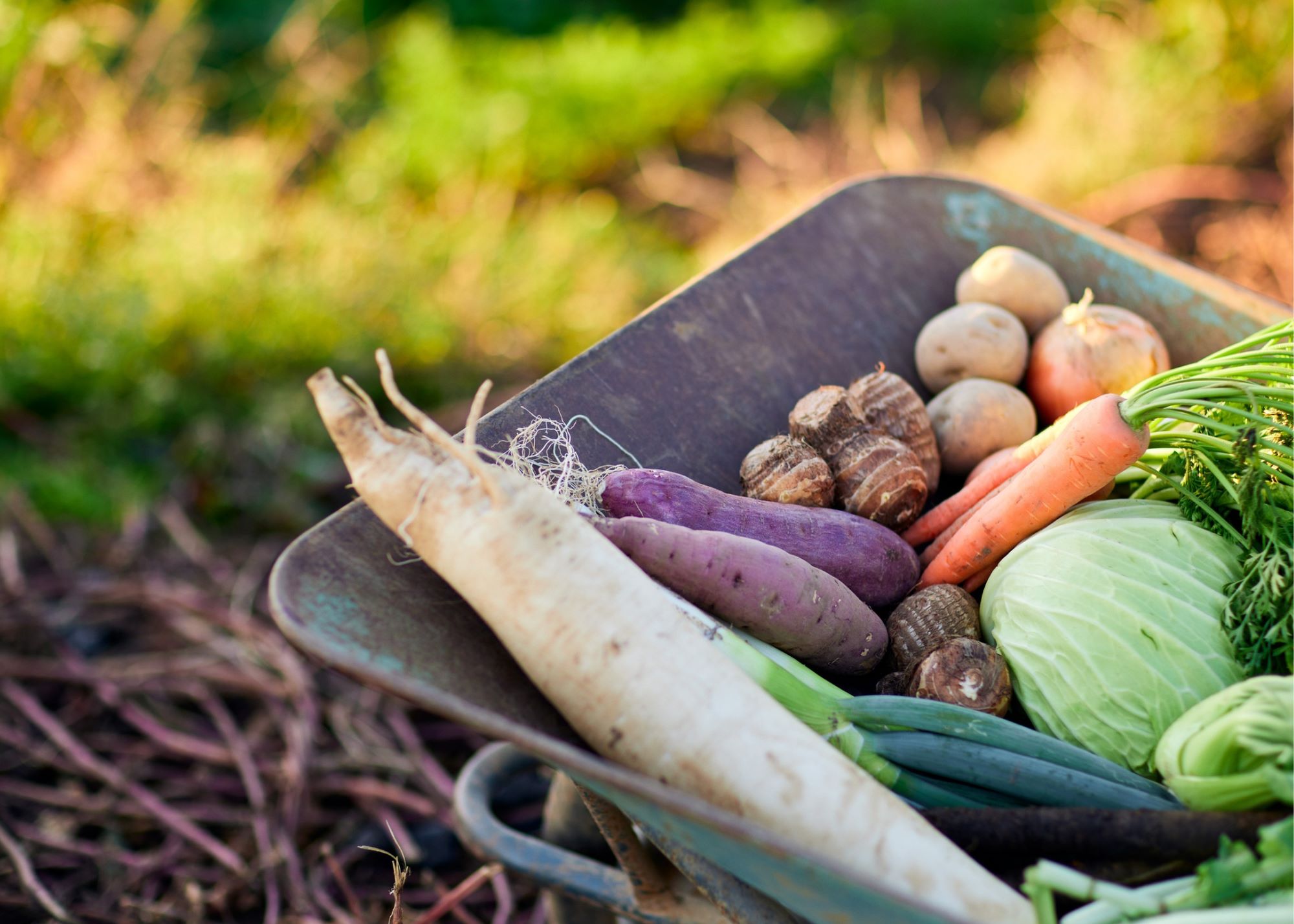The Importance of Hydroponics in a STEM Education
Have you ever seen a child’s curiosity ignite when they observe a bug crawling across the leaves of a vegetable plant, or when they notice a new seed they planted has suddenly sprouted? The joy and wonderment on their face show the instant connection they have developed with the natural world and our environment.
That’s why Green Our Planet introduces students to the magic and the majesty of the universe through school gardens and school hydroponics. Our school garden and hydroponics programs allow us to help students make that connection to the natural world through hands-on learning experiences.
Green Our Planet’s Hydroponics STEM Program is growing in popularity across the country as teachers connect students with nature in this hands-on, project-based hydroponics education.
But what is hydroponics, and why is it important to STEM?
What is Hydroponics?

The word hydroponics comes from a combination of the Greek word hydro, which means “of water,” and the Greek word ponos, which means “work.”
Hydroponics is the science of growing plants in water. Substrates like coconut coir, rockwool, matrix media, or other inert materials can be used as an anchor for the roots, but they don’t provide the nutrients. Instead, the nutrients are mixed into the water to create a nourishing solution. The water then does the “work” to deliver the nutrients to feed the plants.
Additionally, in a hydroponics system, artificial lights are used to provide all the spectrums required to grow plants successfully.
Why is Hydroponics Important to STEM?

Knowing what hydroponics is and that we can connect children to nature through it, let’s look at it in relation to STEM. Hydroponics for schools offers a unique, hands-on way to integrate science, technology, engineering, and math into everyday learning. Here are three reasons why hydroponics should be a part of a STEM education:
1. Teaching students with hands-on STEM projects
Hands-on learning is a great way to get students actively involved with their education and to feel excited to learn. School hydroponics presents an abundance of active learning opportunities in STEM and beyond.
As an example, the hydroponics method allows plants to grow in a controlled environment and is becoming increasingly popular in STEM education due to its ability to teach students about plant biology and environmental science. By using hydroponics, students can actively learn about the way plants use nutrients and how different environmental factors can affect plant growth.

It can be used to teach a variety of other STEM concepts as well, such as water chemistry and its role in photosynthesis–the process plants use to produce their own food. They can also explore the physics of light and how it affects plant growth, as well as the engineering principles behind hydroponic systems in a laboratory. The possibilities are limitless.
In addition to its educational benefits, hydroponics can also be a fun learning medium and an engaging way for students to learn about plants and the environment. By growing their own plants, students can see firsthand how their actions can affect the world around them.
As they learn and use STEM concepts to grow plants hydroponically, students also develop their critical thinking and teamwork abilities, both important skills to have in the world.
2. Hydroponics is the future of food production
Hydroponics has been called the future of farming for good reason: it can grow more plants faster and in less space compared to traditional outside gardens. Additionally, hydroponics reduces the use of vital resources such as land and water.
With its greater efficiency than traditional farming methods, hydroponics is an attractive option for sustainable agriculture, particularly in areas with limited water resources. Knowing students will eventually take the lead in our sustainability quest, incorporating school hydroponics allows them to learn valuable STEM skills that will drive our food system and its future sustainability.

3. The whole school can be involved in a comprehensive hydroponics program
Because of its adaptability, school hydroponics can be integrated into every grade level. With the right support, materials, and curriculum (like you’ll find with Green Our Planet’s Hydroponics STEM Program), teachers can create a seamless learning experience for students from kindergarten to twelfth grade.
From hands-on STEM projects to learning about the present and future of food production, school hydroponics is an important part of STEM education that can engage an entire school with the magic of the natural world and our place in it.
Discover Green Our Planet’s Hydroponics STEM Program
Green Our Planet is committed to promoting hydroponics as an effective method of growing fresh produce that is both healthy and environmentally friendly. Our program has been widely adopted across the United States, with over 300 schools currently participating in our hydroponic gardening initiative.
Through partnerships with libraries, community organizations, and food pantries, we are able to bring our expertise to a wide range of audiences. Our Indian Springs Library Program, for example, has been a tremendous success.
One of the most exciting aspects of our program is the opportunity for students to host farmers' markets featuring the fruits and vegetables they grow in their hydro systems. The Giant Student Farmers Market is a wonderful showcase of the hard work and dedication that goes into creating sustainable, healthy food sources.
We believe that education is key to promoting a culture of sustainability, and that’s why we provide teachers with video lessons to help them introduce hydroponics into their classrooms. Our Hydroponics on Mars with Farmer Tom video is just one example of the engaging and informative content that we offer.
Ready to bring hydroponics to your school and take STEM education to the next level? Check out our range of hydroponics resources that explain how our programs work.
by Jennie DiPadova, Hydroponics Program Coordinator
.png)



